#philip IV of france
Text
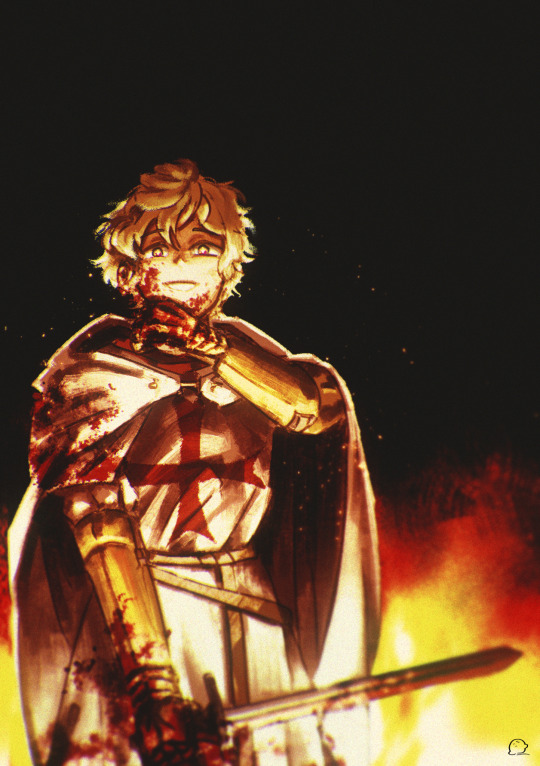
fixed up my templar sketch bc he's just so fun to draw :DDD
#bro was literally a medieval christian megacorp what the fuck#the flames you dance with might burn you one day (spoiler?? not fun fact?? blame philip the iv of france for that)#idk what counts as marriage in heta but there were talks of a merger with hospitaller b4 philip (the bitch) spread lies about him ugh#hetalia#hws knights templar#aph knights templar#hetalia knights templar#hetalia world stars#hetalia axis powers#hetalia fanart#aph fanart#hws fanart#hello fellow astronomers
380 notes
·
View notes
Text
On Friday, October 13, 1307, King Philip IV of France ordered the arrest of hundreds of Templars, including their Grand Master, Jacques de Molay. This marked the beginning of the fall of the order.
The Knights Templar, a wealthy and powerful medieval Christian military order, had gained significant influence due to their roles in the Crusades and their banking operations. However, their wealth and autonomy made them a target for Philip IV, who was deeply in debt to them. By accusing the Templars of heresy, blasphemy, and other charges (many of which were likely fabricated), Philip sought to disband the order and seize their assets.
The Friday the 13th association with bad luck, while rooted in this event, didn't immediately become widespread. Over time, however, the date and the events surrounding the Templars contributed to the superstition that Friday the 13th is an unlucky day.
#friday the 13th#13#knights templar#history#historical#france#king philip iv#jacques de molay#christian
42 notes
·
View notes
Photo
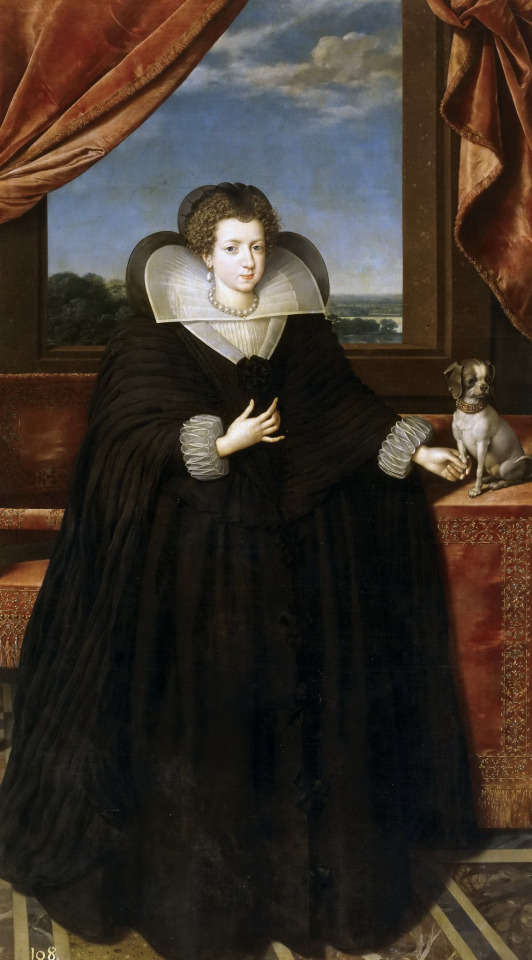
Frans Pourbus the Younger (Flemish, 1569-1622)
Isabella of France, wife of Philip IV of Spain, c.1615-21
Museo del Prado, Madrid
#Frans Pourbus the Younger#flemish art#flanders#isabella of france#philip iv#art#fine art#fine arts#classical art#france#spain#dogs in art#oil painting#painting#philip iv of spain#1500s#1600s
99 notes
·
View notes
Text
Perception of the Jedi of the Prequels is always going to be different than the perception of the Jedi of the Original Trilogy, because the Prequel!Jedi are part of the failing system.
To what degree the Jedi Order formed part of the government is debatable, but they undoubtably were involved as negotiators for the Republic, and then as part of the Republic's war machine.
Whereas in the Original Trilogy, the order is somewhat separate - obviously partly due to the fact that there simply aren't that many Jedi alive anymore after the killings.
The order as an institution isn't really in existence; instead you have individual Jedi working almost independently, although still under the Jedi guidelines/spirit.
I think the difference does (deliberately) make as view them differently, and I think there are questions to be asked as to whether the institutionalisation of the Jedi Order as (in some way) part of official governance was a hindrance to the Jedi's mission.
is the State™️ an inheritable corrupting influence, that forces you to choose between doing good vs what is politically workable?
#star wars#as someone whose interest is in the medieval history of England and France I can't help but see a (general) parallel to the knights templar#from a respected religious order of knights and monks who forswore personal#wealth and romantic relationships to a hunted and persecuted order because of the political will of Philip iv of France#(obvious difference is the knight templar's wealth as a banking system)
9 notes
·
View notes
Text

Exchange Of The Two Princesses Of France And Spain On The Bidassoa River In Hendaye
Artist: Peter Paul Rubens (Flemish, 1577 - 1640)
Date: 1615
Exchange of the Two princesses of France and Spain on the Bidassoa River in Hendaye is an Allegoric representation of the marriage between Anne of Austria and Louis XIII on one hand, and between Isabella of France (1602-1644) and Philip IV on the other.
#peter paul rubens#allegory#allegory painting#early 17th century#princess of france#princess of spain#bidassoa river#marriage#anne of austria#louis xiii#isabella of france#philip iv#flemish painter#early 17th century art
3 notes
·
View notes
Photo
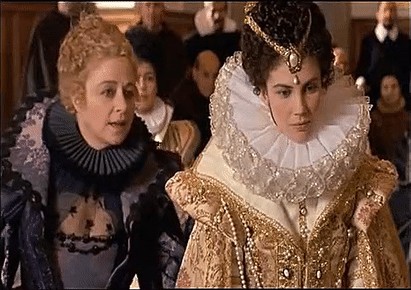
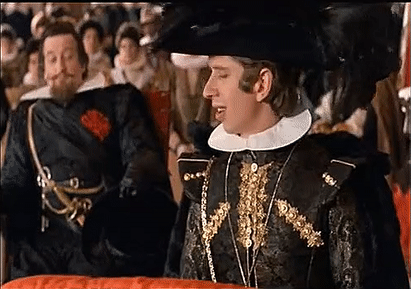



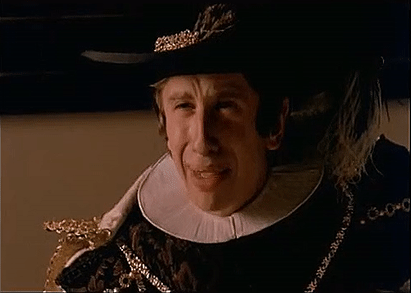

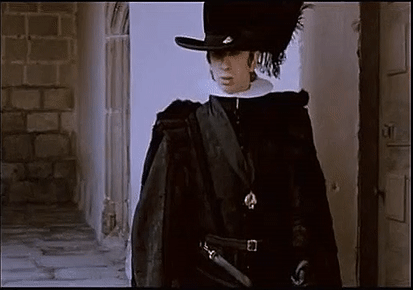
Philip IV of Spain and Elisabeth of France
When Elisabeth of France, the eldest daughter of King Henri IV and Marie de Medici, arrived at the Spanish court, Elisabeth under went significant change from a carefree young girl to a serious politician in her own right, acquiring political experience that would serve the crown well during the last years of her life. As the political situation grew more complicated, Elisabeth responded competently to the important matters that Philip IV gradually began to delegate to her. Elisabeth of France’s period of governance came at a crucial moment for the Spanish Monarchy, from 1642 to 1644, when it was undergoing an intense economic, military, and political crisis. At this same time, the king’s favourite and minister Count-Duke of Olivares fell from power,creating a vacuum that the queen hurried to fill, and her political influence notably increased after January 1643.
Even though the power she wielded was necessarily delegated by Philip IV, in times of political crisis, her role crucially influenced the Spanish government. While Olivares’s fall had facilitated her assuming this role, it was the queen’s extraordinary political skills and, in particular, her success in negotiating financial support and military maneuvers that proved she was equal to the task of governing in the king’s absence. The first time the queen had been given power were the years 1626 and 1632, when the king left Madrid to summon the Cortes or Parliaments of Aragon, Valencia, and Catalonia.
In August 1627, the queen’s role took on greater importance, as the king became seriously ill, precipitating one of the most critical moments of his reign. Given what seemed to be the likelihood of his death, Philip wrote a will and testament according to which Elisabeth, who was pregnant at the time, would become regent until the unborn child, if a son, would reach majority. If a daughter, she was to marry her paternal uncle, the infante Carlos, and the couple would inherit the crown. The king recovered the first week of September.
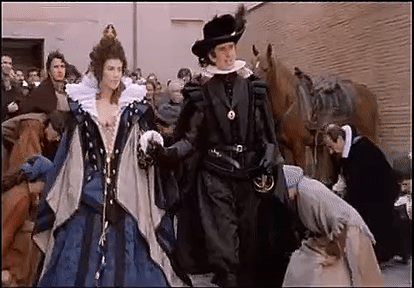
The revolt of Catalonia, which began on June 7, 1640, was followed by the revolt of Portugal in December that same year. These unprecedented rebellions within the Iberian peninsula coincided with other armed conflicts through out Europe in which Spain participated. France had declared war on Spain just five years earlier, and since then, Philip IV had mentioned several times that he wished to go to the battlefront. News that Louis XIII had visited the French troops in March 1642 caused Philip to visit his as well. He departed from Madrid in April 1642, leaving Elisabeth and her son, Baltasar Carlos, in tears. In addition to her activities with the Junta de Gobierno, the queen attended council meetings and royal ceremonies in the company of Baltasar Carlos, who had just turned thirteen. Her actions as head of government served as an example to the young prince. The queen took charge of the government for nearly eight months, until the king returned in early December.
Elisabeth had two main concerns during her final year as governor: first, she had to find the monies to supply the armies fighting both the Catalonian rebels and the French; and second, she had to secure funds for the defense of the Portuguese border. In both cases she was assisted by Chumacero, the Council president, with whom she consulted daily. Thanks in part to her efforts, the army at long last achieved several victories in 1644. Philip and Elisabeth wrote to each other regarding government affairs, just as Charles V and Empress Isabel had done a century earlier. Elisabeth of France retained an active role in governance until September 1644, when the first symptoms of erysipelas, the disease that would eventually lead to her death, first appeared. A few days after his wife’s death, in a letter to the queen’s close friend, the Countess of Paredes, the king wrote,
“Countess, you may judge how I have reached this point; in one day I have lost my wife, my friend, my helper and counselor in all my labors. Surely I must be made of bronze, for I have not lost my mind or my life.”
Source:
Alejandra Franganillo Álvarez, Isabel de Borbón and the Governance of the Spanish Monarchy
#Philip IV of Spain#Felipe IV de España#Isabel de Borbón#Elisabeth of France#couples in history#Spanish history
52 notes
·
View notes
Note
How come Catherine de Medici loved Henri so much even though he (cheated and) significantly favoured Diane de portiers, and also slighted her at time like with the castle she wanted and he didn’t give it to her?
It is the accepted narrative that Catherine de’ Medici was obsessively in love with her husband King Henri II, despite the fact that--or perhaps because, depending on who you’re reading--he was clearly in love with Diane de Poitiers. It’s not terribly different from the stories told about Juana of Castile, daughter of Ferdinand and Isabella and heiress to Castile. She was married to Philip IV Hapsburg, duke of Burgundy, who was reportedly both very handsome and a womanizer. The stories claim that Juana was so wildly in love with her husband that, after he died from illness, she carried his corpse with him wherever she travelled, and renounced the throne of Castile out of grief and madness. In fact, she is popularly known as Juana la Loca or Juana the Mad.
This is almost certainly propaganda spread both during Juana’s lifetime and after her death. Whatever her feelings were for her husband, he repaid them by conspiring with her father King Ferdinand to dethrone Juana in favour of her young son Charles so they could collectively rule on his behalf. Similarly, much of what we know of Catherine de’ Medici’s feelings for her unfaithful husband comes from the same sources that tell us she was a poisoner and the centre of webs of intrigue and murder.
We know Catherine never remarried or showed any interest in remarrying after Henri’s shocking death in 1559, but there are plenty of reasons for that. She and Henri were married when both of them were 14 years old, and for the first ten years, Catherine was blamed for the couple’s inabiilty to conceive any children. Henri took multiple mistresses at first, but finally settled on Diane de Poitiers, who he treated with far greater respect and affection than his wife. In January 1544, after nearly eleven years of marriage, Catherine finally gave birth to the long-awaited heir to the throne. After him, she had nine more children who survived infancy, and nearly died giving birth to two more.
We also know that she adopted the image of a broken lance and the motto “lacrymae hinc, hinc dolor“ (”from this come my sorrow and tears”) after his death in a jousting accident. But it’s worth remembering that her position as Regent of France on behalf of three of her sons over the next half-century at least partly depended on her keeping up an obvious connection to the previous Valois king. How much of Catherine’s grief was real and how much was politically motivated, we honestly can’t say. But she was an extremely clever woman who spent years flying under the radar before ending up all but ruling France, so she was certainly adept at playing dangerous games.
#history#catherine de' medici#16th century#france#henri ii#diane de poitiers#juana of castile#philip iv hapsburg
35 notes
·
View notes
Text

La Bataille de Bouvines by Horace Vernet (Galerie des Batailles, Palace of Versailles).
#battle of bouvines#bouvines#philip ii#philip augustus#france#flanders#flemish#holy roman empire#kingdom of france#knights#french#history#europe#european#medieval#art#middle ages#holy roman emperor#otto iv#versailles#horace vernet#holland#brabant#burgundy#england#lorraine#normandy#german#montmorency#limburg
30 notes
·
View notes
Text
thoughts while watching knightfall
season one
why landry why you damned prat of all the women you had to go for queen
gawain kinda makes sense
oh gawain is the only one one sane here
i stand with gawain in this one
philips hair is paid actor
he is trying to remain soft. you see how he is trying everything with joan he loves that woman so much he is willing to raise the baby as his own
gosh you did him dirty. all of you.
butler from downton abbey was born for this role
why is everyone so forgiving of landry's violation of vows and rules????
is that irene forsyte??
landry you are a bad friend
you can't tell someone with disability their pain is 'god's will' fuck you landry, this man saved your life you ungrateful prat
parsifal!!!!!! no please god i beg for mercy
why is no one looking for parsifal???
mamma joan finally snapped
rashid eyeliner will be missed
tancred??????
these cliffhangers will be death of me
everyone listens to irene. even the pope. what a woman.
'immense heights man might ascend to art, music, culture… And instead, we fuss and fight over an arrestingly ordinary cup' - whoever is writing this script needs rise then tons of awards
the final aerial shot of forest with snow falling is cinematic masterpiece
wait what just happened?? history you just know how to get us hooked
season two
court room reflecting the changes from last season both in story and philip - executed so cleverly
missing philip's hair
de nugaret we see your hair and we know you have crush on gawain
'best swordsman in france' baby i choked.
i knew nugaret is petty but go boy that ash cross will never be topped in history of fine art of pettiness
isn't that scene from vikings?
why is no one mentioning scroll??? did they forget we are bing watching
wait how they all didnt get leprosy? isn't that airborne?
candles scene was supreme
why is irene not in second season???
its hard to be against louis when he looks so good
i knew isabella was bad since they changed the actress
someone give landry break!! can this man have second without being in life threatening situation???
that fire arrow scene was too epic
louis should join templars at this point so they kill philip together
why is no one mentioning scroll??? hello??? the man is dead over there
i would have bet all i have that louis is coming to kill philip and blame landry in midst of battle with no witnesses
why is louis still on his dad's side????
who ever was in charge of aerial shots needs raise
why is everyone lying to louis??? why are they playing him like this?
best scene in whole series when gawain asks "whos child is this?" baby you are the prescious one we need to protect you at all cost aka let's bring baby into family and not tell gawain
how is fire burning so slow now?
knew kelton's story is not ending here
talus you old fucker i was worried already they lost you somewhere in script but then remembered who is playing you
gawain and landry together again!! yes living for this shit
landry and gawain and tancred omg trio is back!!
talus dragging his sword while sparks fly from tip that scene will forever live rent free in my mind and should go down in history books
louis and margaret deserved to live in peace and have what parsifal and marie almost had
when louis snaps paris will burn
daddy philip gives best advice
you are both fault for this equally, so stop arguing and make out already
okay but for real gawain has a point. what is about landry they arent telling him?
i googled louis actor and i am sadden to find out tom looks nothing like character he is playing. great mask. worth couple of emmy nominations.
they are back to plotting. fam is back together. this is great. i love this show.
tancred ship has sailed darling but at least you got the girl
omg no way landry why are you back??
de nugaret??? louis???? SLAY OF CENTURY AND ONES TO COME
THEY ARE FIGHTING IN COURT ROOM WHERE EVERYTHING STARTED I CANT-
AND THE SCROLL???? WHAT ABOUT THE SCROLL?????
IF THAT ENDING DIDNT SET GROUNDS FOR SEQUEL NO INSTANT POPULAR AMERICAN SHOW THAT BLOWS UP IN ONE DAY AND EVERYONE SUDDENLY HAS TO LIKE IT OR THEY ARE ENEMY OF STATE HASNT DESERVED IT EITHER
I miss my babies already.
conclusion: go watch it so we get season 3.
#knightfall#history channel#knightfall history channel#tom cullen#padraic delaney#mark hamill#simon merrells#ed stoppard#king philip iv of france#queen joan i of navarre#olivia ross#landry du lauzon#gawain#tancred#knights templar#middle ages#netflix
4 notes
·
View notes
Text

#knightfall#knightfalledit#king Philip IV the Fair#queen Joan of Navarre#princess Isabella of France#William De Nogaret#PhilipxJoan#IsabellaxWilliam#I'll always hate how KL ruined Philip and Joan's relationship#doomed couples
5 notes
·
View notes
Text
Matilda, Dame of Bourbon
Coat of Arms of Mathilde, Lady of Bourbon (Image credit: Odejea, Biplanjaune, and Thom.lanaud from Wikimedia Commons)
Matilda (or Mahaut or Marguerite) was born c. 1165, the only child of her parents, Archambaud of Bourbon and Alix of Burgundy. Her father stood to inherit the patrimony of Bourbon from his father Archambaud VII but unfortunately, he died in 1169 before acquiring the lordship. As…
#Archambaud VII#Dame de Bourbon#Dame of Bourbon#French history#Gaucher IV of Macon#Guacher IV of Vienne#Guy III of Dampier#King of France#Lord of Bourbon#Lord of Salins#Marguerite of Vienne#Medieval History#Philip II Augustus#Third Crusade#Women’s history
1 note
·
View note
Note
I find it bizarre how often certain things only apply to Jews. For example, whenever someone uses "109 countries" argument as gotcha against Jews. You can go through pretty much every single one of those expulsions and find not only was reason not justified, if it was used against pretty much any other group it would have been seen as evil today.
Antisemites look at Spanish expulsion of Jews and terror through inquisition against them as justified, yet will bemoan the same actions when they were carried out against various heretic groups and exaggerate them to extreme.
Antisemites look at Philip IV's expulsion of Jews from France as justified because (((they))) were greedy bankers, ignoring that Philip got rid of them so he doesn't have to pay back his loans. But when the same thing happened to Templar order, then they rightfully see it as sham and slander.
Antisemites look at Crusaders killing Jews in modern Germany as part of the course, but cry over Crusaders looting Constantinople, even though the same logic should justify it since it was heretic city.
Antisemites look at blood libel accusations and conclude there had to be some truth to it, but see witch trials and similar superstitions as based on a hoax.
Antisemites look at Holocaust as educational experience and Jews had it coming, yet rightfully call similar rhetoric (Blacks had it coming for not being Christian, slavery was positive experience) regarding Atlantic slave trade as racist.
Antisemites look at pogroms that happened in Middle East in 20th century as justified because (((they))) were foreign agents seeking to destroy Muslim countries from within, yet will recognize similar actions elsewhere as ethnic cleansing or outright genocide.
Feels like antisemitism forgoes any logic in favor of mindless hate.
Dear anon,
thank you for your excellent essay on antisemitic double standarts in how we view European history
please write again
Cecil
#dear cecil#leftist antisemitism#antisemitism#leftist brainrot#leftist hypocrisy#antisemitic double standards
86 notes
·
View notes
Text
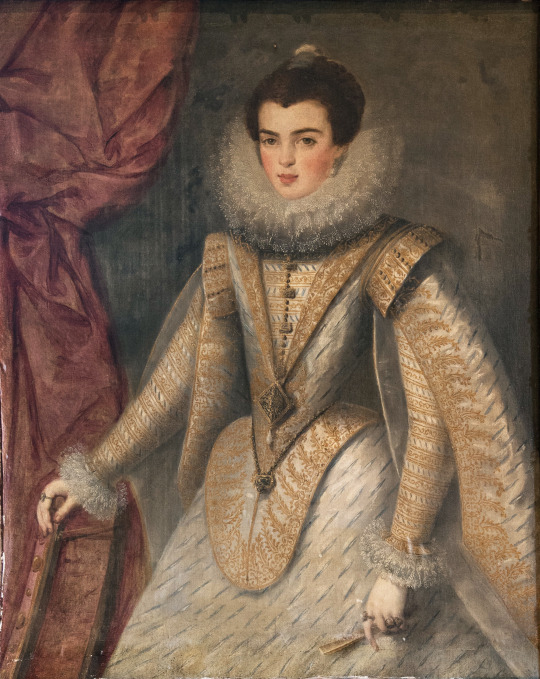
French School, early 17th century
Isabella of Bourbon 'Elizabeth of France' (1602–1644) Queen of Spain and Portugal, as the first wife of King Philip IV of Spain
Château de Villandry, France
#Elizabeth of France#Isabella of Bourbon#Bourbon#fine art#fine arts#art#european art#classical art#europe#european#oil painting#mediterranean#europa#queen#woman#female portrait#female#portrait#traditional art#King Philip IV#royal#royalty#1600s#france#french#french art#Villandry#Planet King#Rey Planeta#hispanic
32 notes
·
View notes
Text

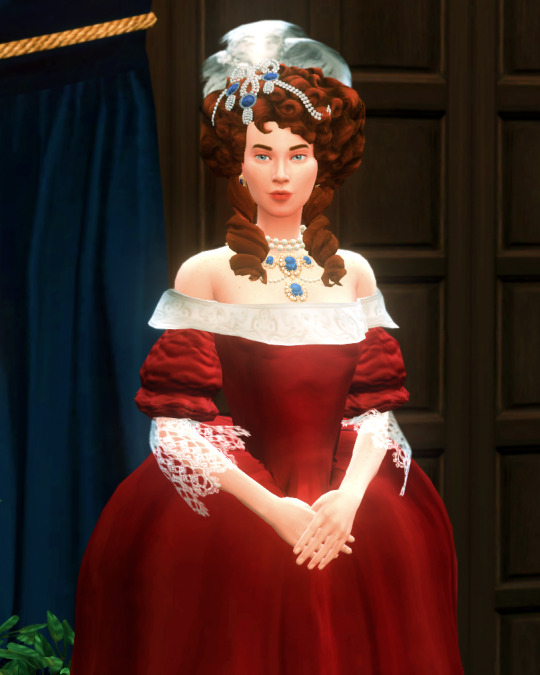
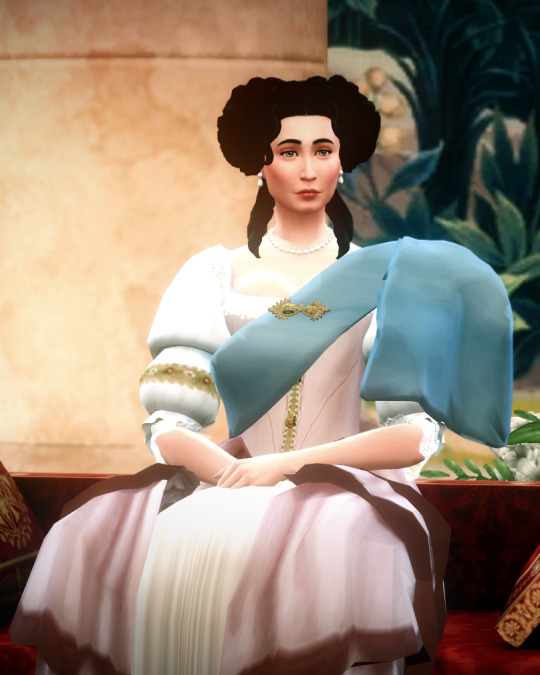
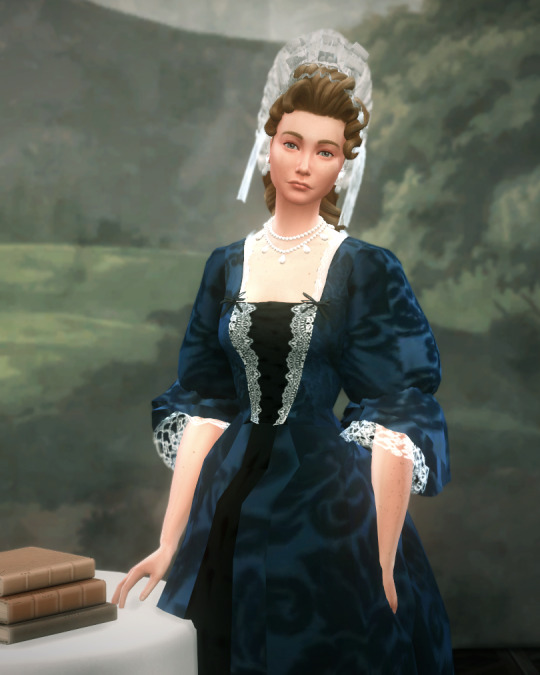

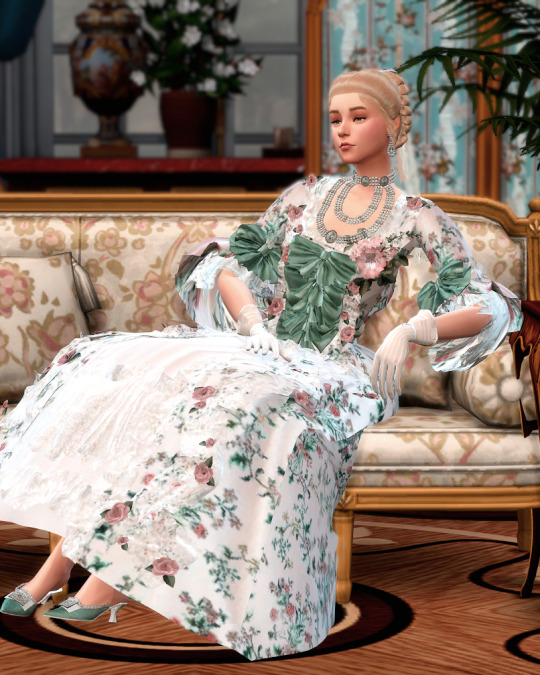



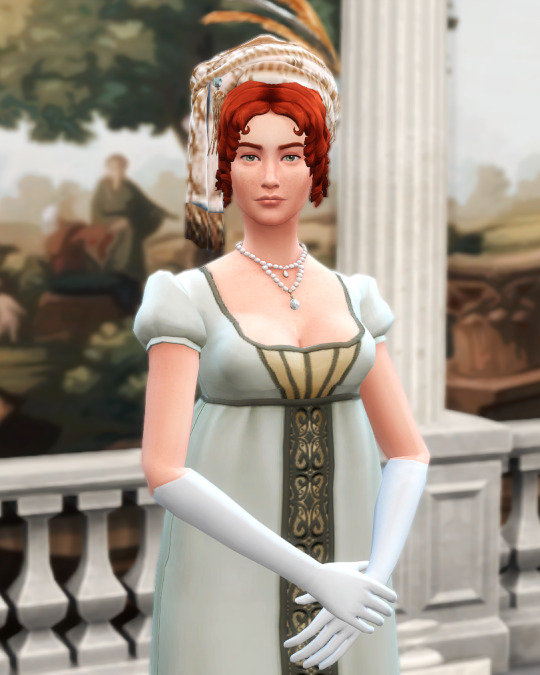
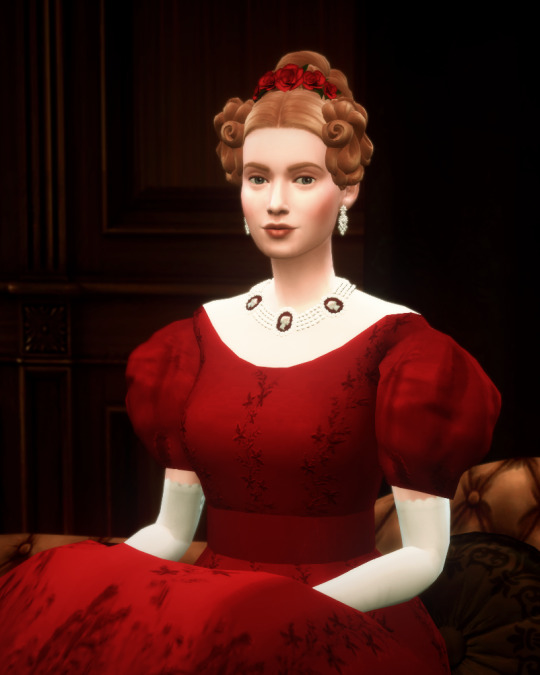
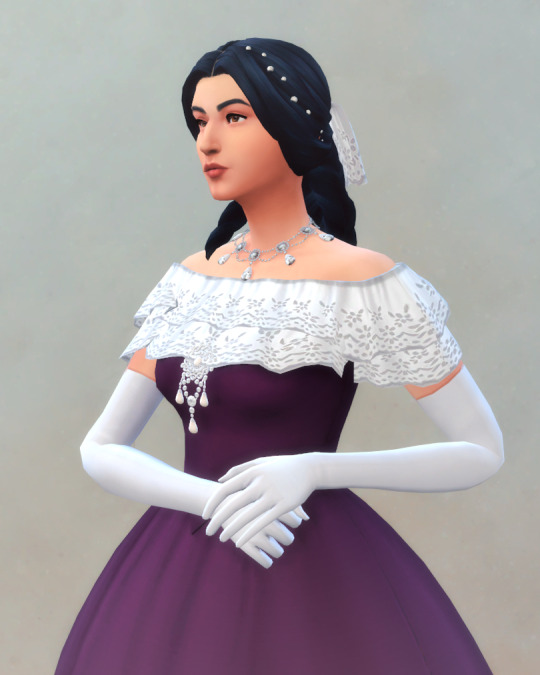
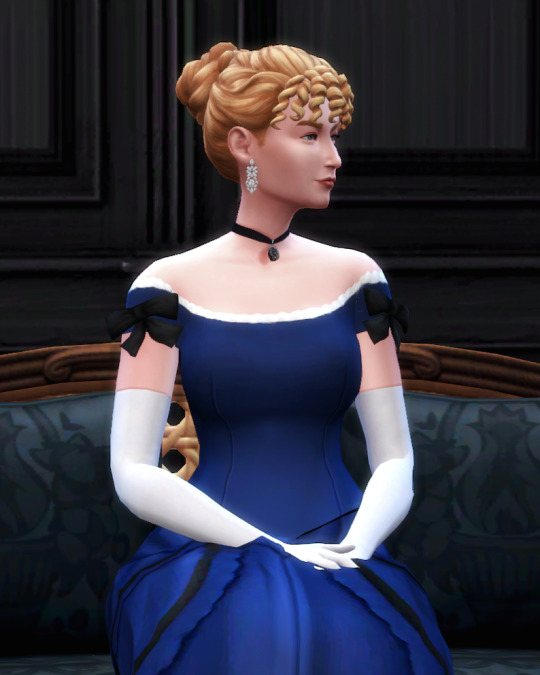








Royal Consorts (and almost-Consorts) of the House of Lorimer
1. Charlotte (1616-1667) - Philip I
2. Henrietta (1638-1729) - Charles III
3. Anne (1668-1690) - Philip II ✻
4. Theodora (1675-1766) - Philip II (second wife)
5. Cosima (1701-1721) - Frederick I ✻
6. Louise (1704-1782) - Edward IV
7. Patrick (1724-1796) - Augusta
8. Adelaide (1757-1833) - Arthur IV
9. Aveline (1780-1839) - Crown Prince Charles ✻
10. Georgiana (1781-1866) - Frederick II
11. Joan (1805-1854) - Charles IV
12. Mary Josephine (1838-1902) - Philip III
13. Elizabeth (1865-1896) - Frederick III
14. Ernest (1887-1958) - Jane II ✻
15. Catherine (1873-1975) - Richard V
16. Frances (1897-1924) - Arthur V ✻
17. Alice (1905-1966) - Arthur V (second wife)
18. Rosamund (1927-) - Frederick IV
19. Laura (1956-) - Arthur VI
20. Natalie (1977-) - Crown Prince Richard ✻
21. Carys (1995-) - Matilda II ✻
✻ indicates royal consorts that were never crowned
post inspired by @warwickroyals 💙
#the lorimers#sims 4#ts4 royalty#sims 4 historical#sims 4 baroque#sims 4 rococo#sims 4 regency#sims 4 victorian#ive been obsessed with that one post by ayanna for MONTHS now#very happy to finally make a version of it for my own story!#this took so much work but it was totally worth it#still not gonna tag all these sims tho#bluep.txt
72 notes
·
View notes
Text

As a knight, I was defeated.
As a monk, I was defeated.
As Grand Master, I was defeated!
I was reduced to ashes without having accomplished anything.
I will do it here and now!
———————-
The Chinon parchment was found in 2001 by Barbara Frale, an Italian paleographer at the Vatican Secret Archives. It contains the absolution of Jacques de Molay and the Knights Templar of all charges brought against them by Philip IV of France.
Eyewitness accounts said he went to his death ’… with easy mind and will that they brought from all those who saw them much admiration and surprise.’
———————–
I finished Knightfall last year and am about to finish reading my book about them and then suddenly he is brought forth as a character in FGO.
A strong feeling overcame me to draw him. To think that I had a long art block spell for months.
83 notes
·
View notes
Text


The Life of Joan of Arc – Jules-Eugène Lenepveu // Louis XIV at the Taking of Besancon – Adam Frans van der Meulen // William III of England – Jan Wyck // Infant-Cardinal Don Fernando of Austria on Horseback – Gaspar de Crayer // Portrait of Johan Wolphert van Brederode – School of Thomas de Keyser // Equestrian Portrait of Philippe de France – Pierre Mignard // Karl XI, King of Sweden – David Klöcker Ehrenstrahl // Equestrian Portrait of Louis XIV – René-Antoine Houasse // Equestrian Portrait of Charles XI of Sweden – David Klöcker Ehrenstrahl // Herzog Karl V. von Lothringen – unknown artist // King Charles XI of Sweden Riding a Horse – David Klöcker Ehrenstrahl // Louis-Philippe, Duc d’Orleans, Saluting His Army on the Battlefield – Alexander Roslin // Equestrian Portrait of Philip IV – Diego Velázquez // Jérôme Bonaparte, King of Westphalia – Antoine-Jean Gros // Equestrian Portrait of King George II – Joseph Highmore // Equestrian Portrait of William II, Prince of Orange – Anselm van Hulle // Equestrian Portrait of King William III – Jan Wyck // Guy On A Horse – Maisie Peters
#as soon as i heard maisie reference joan of arc you know i had to make an edit for it#also i heard this song and immediately thought “lmao all those thousands of equestrian portraits”#they truly are all just a guy on a horse#joan of arc#jeanne d'arc#saint joan of arc#equestrian portrait#equestrian portraiture#guy on a horse#the good witch#the good witch maisie peters#maisie peters the good witch#tgw maisie peters#tgw#maisie peters tgw#the good witch deluxe#maisie peters#art#art history#lyrics#lyric art
109 notes
·
View notes